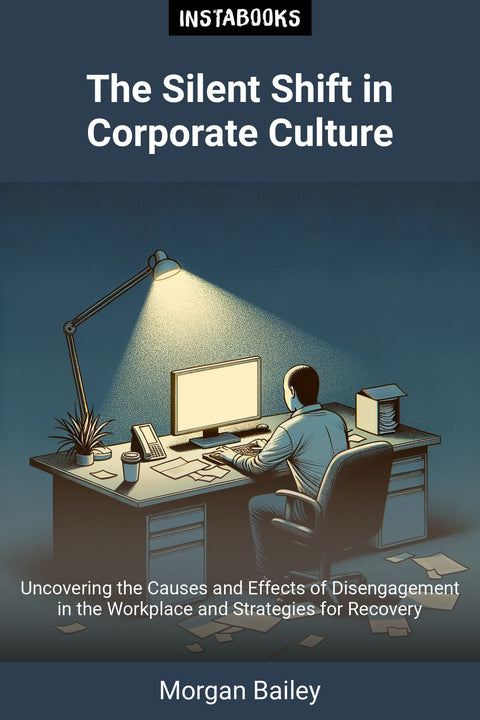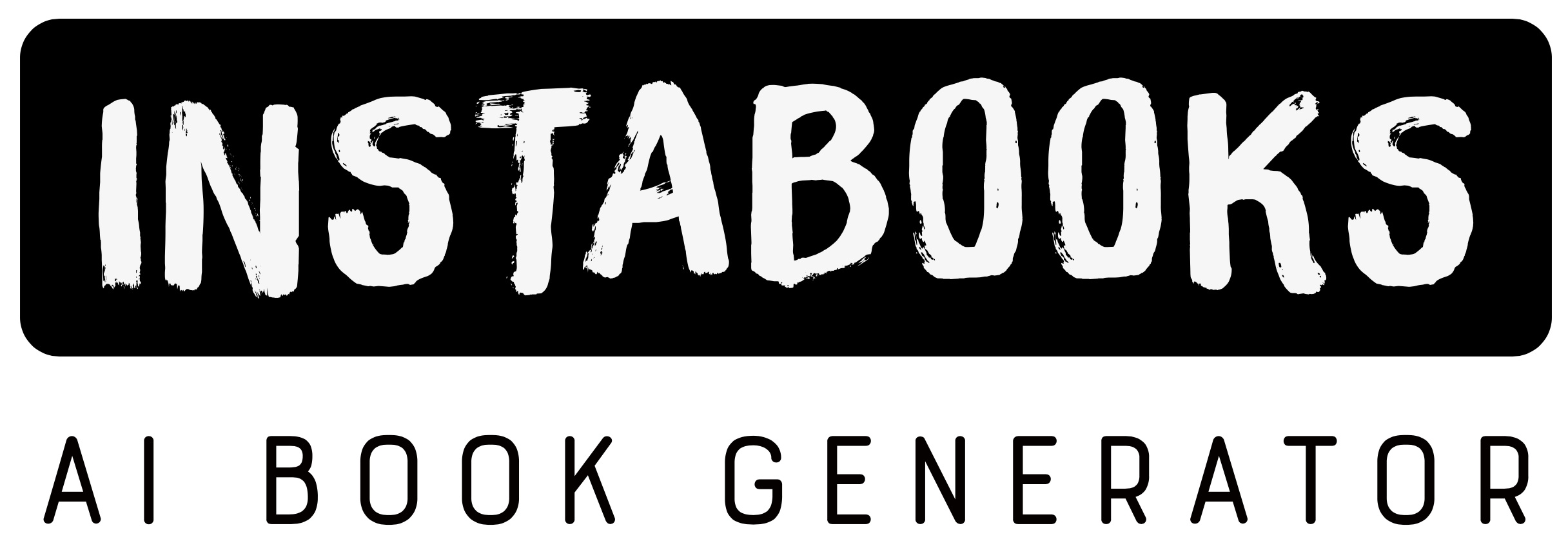
The Silent Shift in Corporate Culture
Uncovering the Causes and Effects of Disengagement in the Workplace and Strategies for Recovery
Included:
✓ 200+ Page AI-Generated Book
✓ ePub eBook File — read on Kindle & Apple Books
✓ PDF Print File (Easy Printing)
✓ Word DOCX File (Easy Editing)
✓ Hi-Res Print-Ready Book Cover (No Logo Watermark)
✓ Full Commercial Use Rights — keep 100% of royalties
✓ Publish under your own Author Name
✓ Sell on Amazon KDP, IngramSpark, Lulu, Blurb & Gumroad to millions of readers worldwide
Introduction to Quiet Quitting
In today's fast-paced corporate environment, a new trend has emerged that is reshaping the landscape of workplace engagement: quiet quitting. This phenomenon occurs when employees become disengaged, opting to perform only the bare minimum required to maintain their jobs. It serves as a reaction to various factors such as burnout, job dissatisfaction, and the need for better work-life balance. In this enlightening book, we will delve into the roots of quiet quitting, exploring its causes, effects on workplace culture, and solutions organizations can adopt to cultivate a more engaged workforce.
Understanding the Causes
Quiet quitting is not merely a decision made by employees; it is often a symptom of deeper issues within the organization. We will investigate the various triggers that lead to disengagement, such as chronic stress, lack of support from management, and an absence of a clear career pathway. Through extensive research and real-world examples, we will highlight the key contributors to this trend, providing readers with a comprehensive understanding of the dynamics at play.
The Impact on Workplace Culture
As the number of quiet quitters rises, the overall workplace culture can suffer immensely. Employee engagement is critical to maintaining morale and productivity, and when individuals stop going above and beyond, the entire team may experience stagnation. This chapter will analyze how quiet quitting diminishes organizational performance, impacts team dynamics, and affects the overall employee morale. We will also explore the subtle yet pervasive nature of 'quiet firing,' where employers may inadvertently encourage quiet quitting through their practices.
Strategies for Adaptation
Organizations must recognize and adapt to the reality of quiet quitting. This section will offer actionable strategies that companies can implement to empower their employees and foster a more engaging work environment. From encouraging open communication to offering flexible work arrangements, we will discuss how organizations can recalibrate their approach to employee satisfaction, ensuring that individuals feel valued and motivated. Furthermore, we will explore the importance of regular feedback and job redesign as effective solutions to combat disengagement.
Conclusion: Moving Forward
Quiet quitting represents a critical challenge for Corporate America, but it also offers an opportunity for organizations to rethink their engagement strategies. By fostering open communication, prioritizing employee well-being, and creating a supportive culture, companies can navigate the complexities of disengagement and ensure their workforce remains motivated and productive. This book is your guide to understanding and addressing the rise of quiet quitting in today's corporate landscape.
Table of Contents
1. Understanding Quiet Quitting- Defining Quiet Quitting
- Burnout and Job Dissatisfaction
- The Need for Work-Life Balance
2. The Causes Behind the Phenomenon
- Lack of Support from Management
- Absence of Career Advancement
- Workplace Culture and Expectations
3. The Cultural Impact of Quiet Quitting
- Effects on Team Dynamics
- Shifts in Organizational Morale
- Connection to Quiet Firing
4. Measuring Employee Engagement
- Defining Engagement Metrics
- The Role of Feedback Mechanisms
- Analyzing Productivity in a Post-Quitting World
5. Strategies for Organizational Change
- Creating Open Communication Channels
- Implementing Flexible Work Policies
- Redesigning Jobs for Engagement
6. Promoting Employee Well-being
- Mental Health Support Programs
- Stress Management Initiatives
- Encouraging Work-Life Balance
7. Feedback and Recognition
- Establishing Regular Feedback Loops
- The Importance of Employee Recognition
- Creating a Culture of Appreciation
8. Job Redesign and Responsibilities
- Identifying Job Stressors
- Effective Delegation of Tasks
- Promoting Collaboration
9. Future of Work Post-Quiet Quitting
- Emerging Trends in Employee Engagement
- Workplace Adaptations in a Hybrid World
- Long-Term Effects on Corporate Culture
10. Case Studies of Successful Adaptation
- Company A's Transformation Journey
- Lessons from Company B
- Practical Applications from Real-World Examples
11. Conclusions and Recommendations
- Summarizing Key Insights
- Actionable Strategies for Leaders
- The Path Forward in Corporate America
12. Resources for Further Learning
- Books and Articles on Quiet Quitting
- Workshops and Training Programs
- Online Resources and Communities
Target Audience
This book is for corporate leaders, HR professionals, and employees interested in understanding and addressing the impact of disengagement in the workplace.
Key Takeaways
- Insight into the phenomenon of quiet quitting and its implications.
- Practical strategies for organizations to improve employee engagement.
- Understanding how workplace culture influences employee satisfaction and productivity.
- Real-world examples of effective adaptation strategies.
- Guidance on promoting a supportive and engaged workplace environment.
